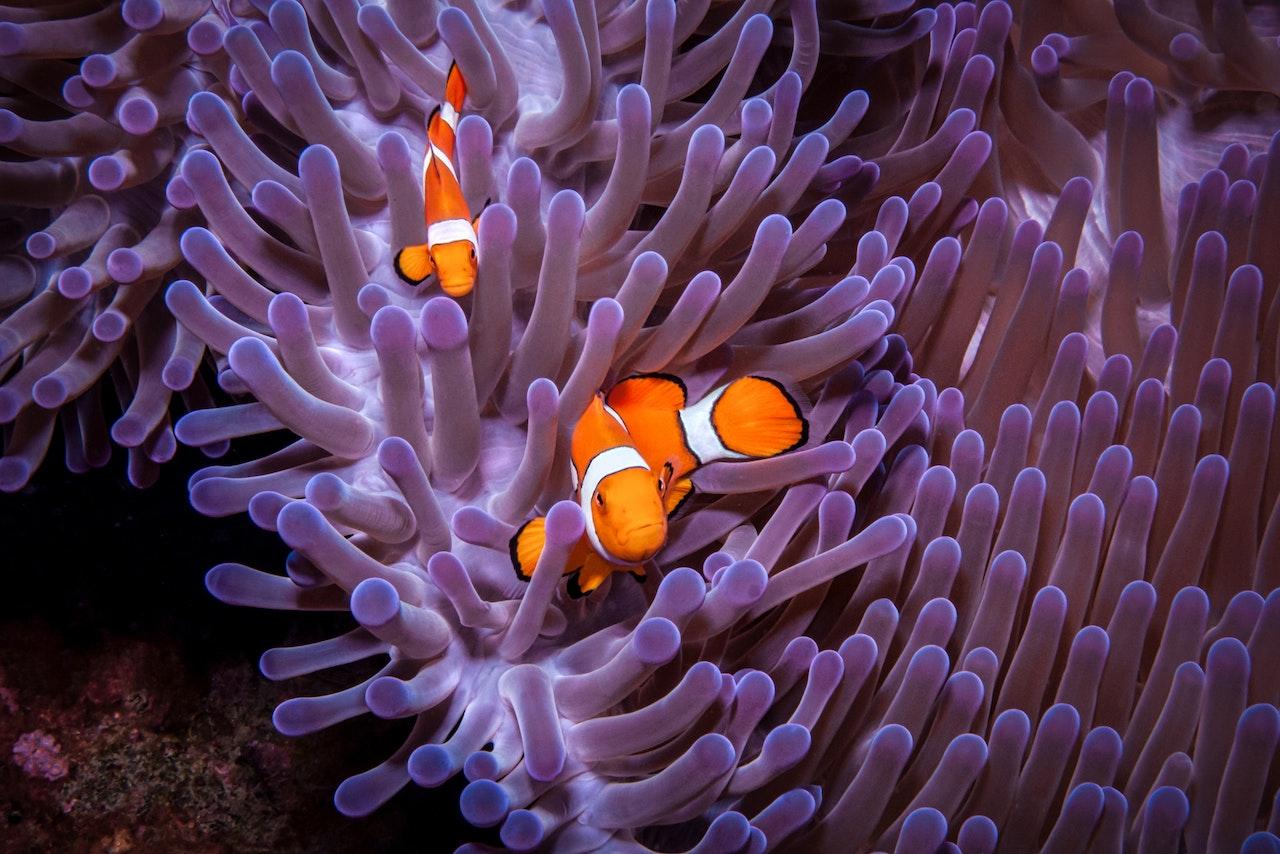FSB, Street No. 22, Punjab, Pakistan
When Pixar released “Finding Nemo,” their first critically acclaimed family film, followed it up with “Finding Dory,” and suddenly a minor character of our reefs was a household name. It is time to discuss everyone’s favorite clownfish, Nemo.
Coral reefs in Southeast Asia, Australia, and Japan are home to the orange, black, and white fish that have won our hearts.
There is so much more to learn about this fascinating fish.
A look at the clownfish’s distinguishing features
Amphiprion ocellaris, commonly known as the false clownfish, is a member of the anemone and damselfish family. Their bright orange coloring can range from pale to multicolored, and their three white bars and blackfin tips are distinguishing features.
Clownfishes are small—with the females being the largest at up to 11 cm in length—but they are very territorial and defend their anemone from larger fish or even divers if they get too close.
Long-lasting symbiotic relationships between clownfishes and anemones are essential to the survival of both species.
Clownfish social behavior
This gorgeous fish, as was mentioned before, has a convoluted lifestyle.
So, first off, they are hermaphrodites, which means they can switch between male and female forms. In the event that a female clownfish is needed to replenish the anemone, all males have the potential to develop into females. The fish can no longer revert to its former male gender when the procedure is complete.
Once the larvae have developed into young fish, they will swim down to the reef and begin their desperate race against time to locate a new habitat (their anemone).
Quite a challenge for such a tiny newcomer! In addition to having intricate social systems, anemonefishes are also fiercely territorial and protective of their homes. The juvenile anemonefish, should it find its way inside, will be at the very base of the anemone’s food chain.
Each anemone is home to a male and a female; the female is the “queen” and the dominant member of the anemone’s social structure.
The other men are all much smaller and rank lower.
As such, only the alpha male is able to mate with the female. They plan to commit to a lifelong monogamous partnership.
Alfa Males
The alfalfa males are responsible for locating a suitable nesting site. After the area is ready, the male will aggressively pursue the female until they arrive at the proper location. Between an hour and two hours will be needed to lay all of the eggs.
When she’s finished laying her eggs, the female will hand up the nesting duties to the male. Up until they hatch, the father is responsible for fertilizing, guarding, and cleaning the eggs. It can take as long as eight days to finish.
Amphiprion ocellaris: An Interesting FACT!
After removing the female from the anemone, the alpha male will assume the female’s gender and become the most dominant reproductive member of the colony. Next largest specimen continues cycle.
There is a symbiotic interaction between clownfish and anemones.
The anemone is a species of predatory marine invertebrates that live on the seafloor and prey on smaller organisms. This creature has stinging cells in its tentacles for self-defense. The clownfish is able to thrive in these environments while being immune to the sting of other fish.
When the fish swim between these tentacles, they are perfectly safe from harm, but what benefit does the anemone receive? To protect the anemone, clownfishes devour any parasites or other creatures that may pose a hazard to the anemone.
Apparently, the clownfish serves as bait, drawing less-sturdy fish into the anemone, where they are consumed almost immediately.
The “Finding Nemo” impact needs some explanation.
Thankfully, the Amphiprion ocellaris population is flourishing and the species is not in danger of extinction.
However, after the first film came out, there was a surge in interest in keeping this species of fish in aquariums. Most of the fishes died quickly since their new owners didn’t know enough about how to keep them alive in captivity. On the other hand, some kids have opted to put the film’s message of “releasing them back to the ocean” into action by disposing of the animals in the toilet. No way, youngsters!
A second thing that we saw was how the notoriety of the film altered the behaviour of people who were on the reef. Nemo is a beloved character because he is a stunning fish with a vibrant and unusual environment.
Injuries sustained by anemones and fish are equally lethal. Keep in mind that you can’t get a good look at these fish until you submerge your face and watch them in their natural environment.
On occasion, snorkel guides may bring an anemone containing clownfish to the surface for their less-than-aquatic clients. WHAT GIVES?




